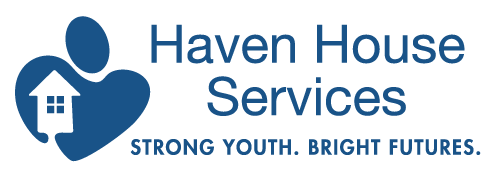
Needs We Address
Some are homeless. Others are in-crisis due to difficult family situations, problems at school, and/or mistakes they have made. Many have a history of trauma, abuse, or neglect. Few have positive adult role models to help youth navigate obstacles or provide them with a safety net. But no matter the path that leads youth to us, at Haven House we will do whatever it takes to help each youth identify their goals, overcome challenges, and build the skills and get the resources needed to be safe, supported, and successful.
Below are a few local, state, and national statistics that illustrate some of the physical, social, emotional, and socio-economic issues that the youth we serve are facing:

















